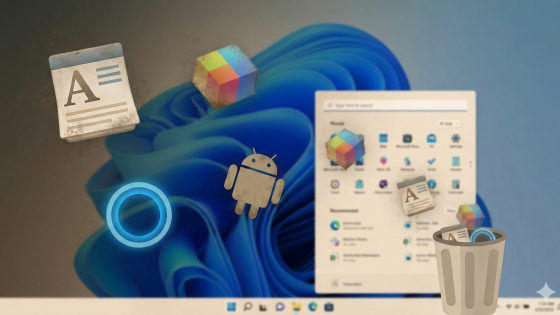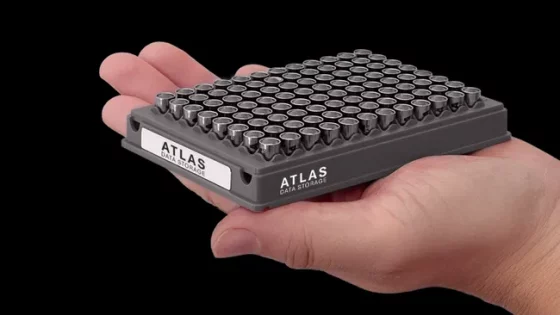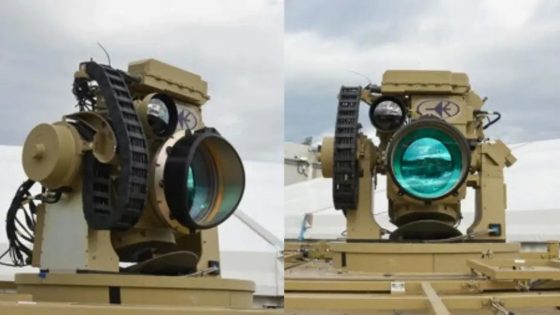Traction beams from fantasy movies could become reality
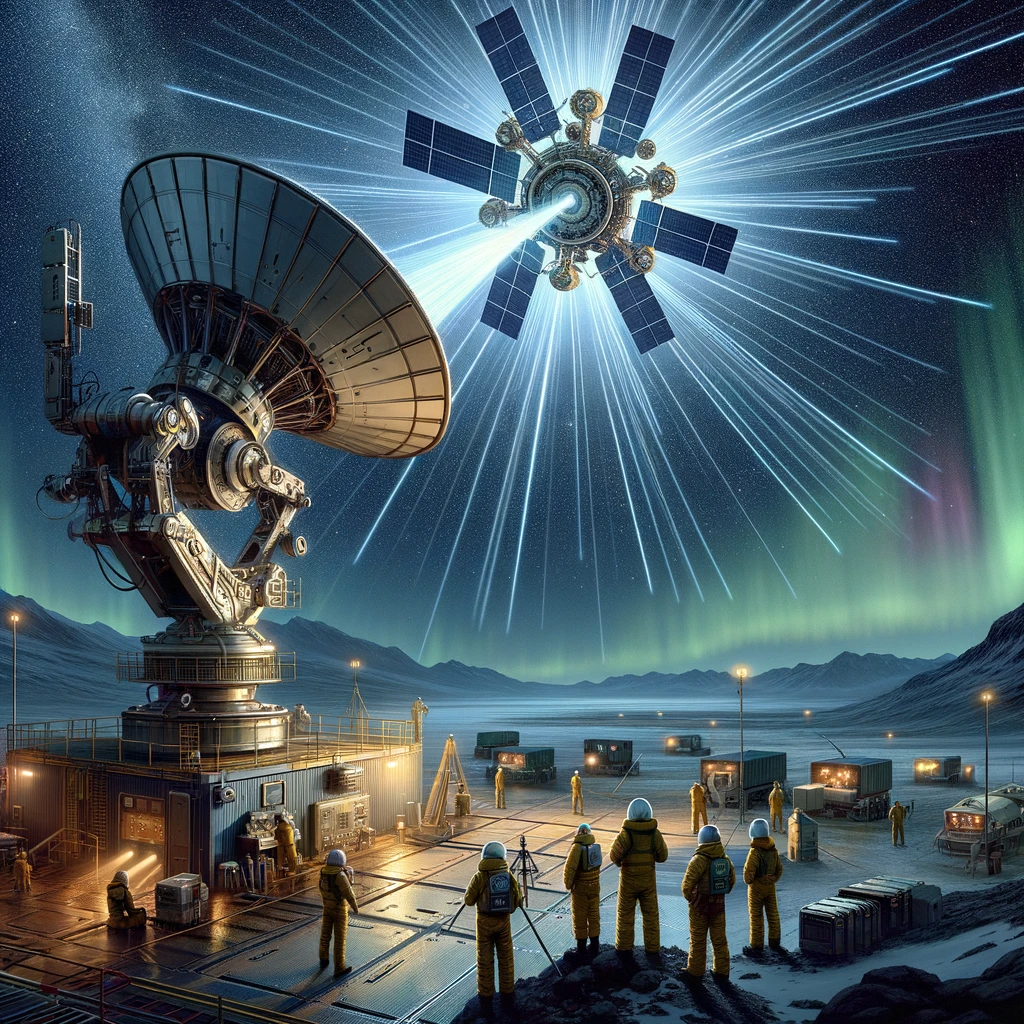
Star Wars: Andor was a pleasant surprise this year. Not only did it provide a great story and give the Star Wars franchise a fresh new twist after a long time, but it also featured a scene that will forever be etched in our memories. It's a space battle between the rebel leader Luthen and an Imperial warship that captured the rebel with a tractor beam.
But traction beam technology could become a reality. Scientists are developing an electrostatic traction beam with performance very similar to the one we're used to from science fiction movies. We are quite a few light years away from using it to hunt down aliens. It is supposed to be used to remove space debris from Earth's orbit.
Expectations are high. The commercial space industry unexpectedly flourished thanks to the richest Earthlings. Elon Musk, Jeff Bezos, Blue Origin, Virgin Galactic... These are the names of individuals and companies that send those with the deepest wallets on space tourism trips. With renewed investment in the space industry, however, questions arise about pollution. In the coming years, the countries that invest heavily in this new space race (USA, Russia, China...) plan to launch more satellites into the already saturated Earth's orbit.
Eventually, defunct and damaged satellites and all the debris from commercial space flights could turn the orbit into a huge waste dump. Collisions with operating spacecraft, particles crashing to Earth, contamination of the atmosphere with metals and the like are also a big danger. Experts warn that the booming space industry is in danger of coming to a halt before it has fully spread its wings.
An electrostatic traction beam could come to the rescue, moving disabled craft and satellites to safety. It is not yet clear whether this means returning to Earth for recycling purposes or to outer space. While a thrust beam would not completely solve the space debris problem, the concept has several advantages over other proposed methods of disposing of space debris.
A prototype could cost millions of US dollars, and a full-scale working version could cost much more. But if financial hurdles can be overcome, the traction beam could be operational as early as the next decade, its builders say. "The science has the evidence, but the funding isn't there," said project researcher Kaylee Champion, a doctoral student in the Department of Aerospace Engineering at the University of Colorado Boulder.
Artificial gravity is not achievable with human technology
The artificial gravity technology that was shown in the Star Wars series is definitely beyond the reach of human technology. But the concept inspired Hanspeter Schaub, a professor of aerospace engineering at the University of Colorado Boulder, to create a more realistic version.
Schaub first got the idea after the first major satellite collision in 2009, when a working Iridium 33 communications satellite collided with a defunct Russian military spacecraft Kosmos 2251, sending more than 1,800 pieces of debris into Earth's orbit. After that disaster, Schaub wanted to prevent it from happening again. To accomplish this, he found that we could pull spacecraft to safety by using the attraction between positively and negatively charged objects to "glue" them together.
Over the next decade, Schaub and colleagues refined the concept. Now they hope it can one day be used to move dead satellites out of geostationary orbit, or orbit around Earth's equator, where the object's speed matches the planet's rotation, making it appear as if the object is fixed in place above a certain point on Earth. This would then free up space for other objects in orbit.
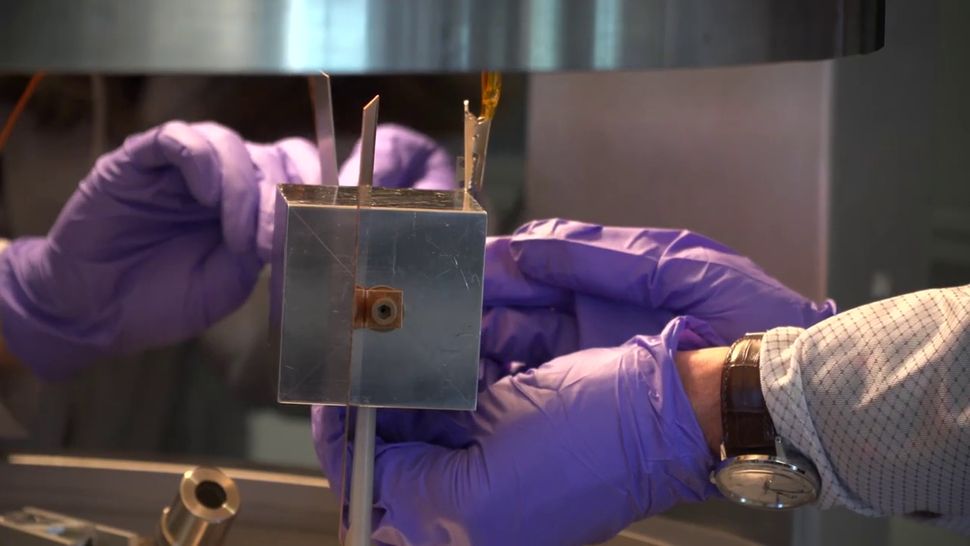
How does an electrostatic traction beam work?
An electrostatic drag beam would use a service spacecraft equipped with an electron gun that would fire negatively charged electrons at a defunct satellite, Champion said. The electrons would give the target a negative charge while leaving the service vessel with a positive charge. He explains that electrostatic attraction would hold the objects together even though they are separated by 20 to 30 meters of empty space.
Once the craft and target were "glued together," the serviceman could pull the target out of orbit without touching it. Ideally, the inactive satellite or target would be pulled into a "graveyard orbit", which is further away from Earth. She could float safely there forever.
The electrostatic attraction between the two spacecraft would be extremely weak due to limitations in electron gun technology and the distance the craft would have to be to avoid collisions, said project researcher Julian Hammerl, a doctoral student at CU Boulder. So the service craft would have to move very slowly and it could take more than a month to completely move a single satellite out of orbit.
Speed is "the main difference between science fiction and reality," Hammerl concluded.
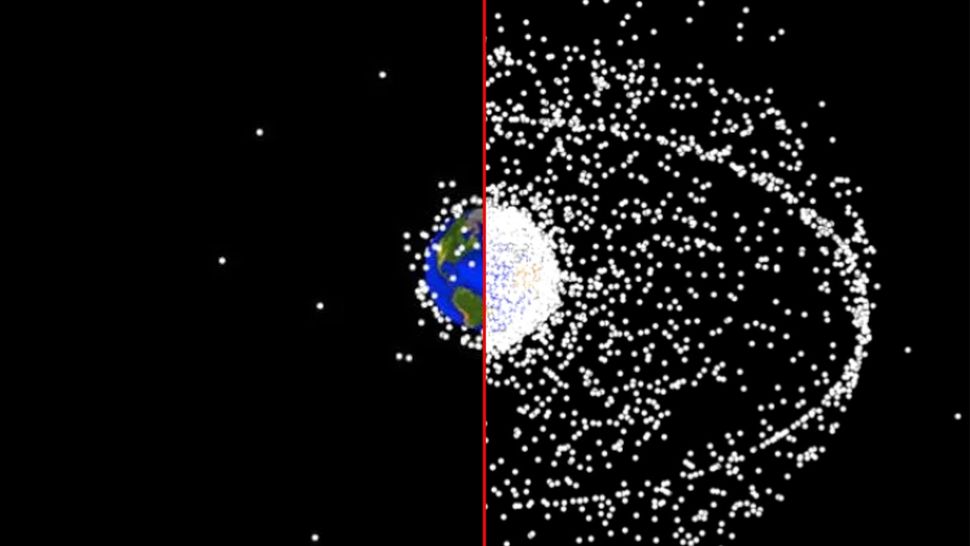
Advantages and limitations
An electrostatic drag beam would have one major advantage over other proposed methods of space debris removal, such as giant nets and harpoons and physical docking systems – it would work without touching.
"Big, dead spacecraft the size of a school bus spin very fast," Hammerl said. "If you shoot with a harpoon or use a large net, the physical contact can damage the operating spacecraft, thus adding to the space debris problem."
Scientists have proposed other non-contact methods, such as using powerful magnets, but making huge magnets is extremely expensive and would likely interfere with the service vessel's steering system.
The main limitation of the electrostatic traction beam is its speed, or the fact that the method is slow. There are already more than 550 satellites orbiting the Earth, and we can expect this number to grow significantly in the coming decades.
If the satellites were moved one after the other, a single electrostatic traction beam would not keep up with the number of satellites reaching the end of their life. We would need more of them. Another limitation of an electrostatic drag beam is that it would operate too slowly to be practical for cleaning up smaller pieces of space debris.
The biggest obstacle is the cost. The team has not yet done a full cost analysis for the new technology, but it would likely cost tens of millions of dollars, according to Schaub. However, once the service craft was in space, its management would be relatively efficient.
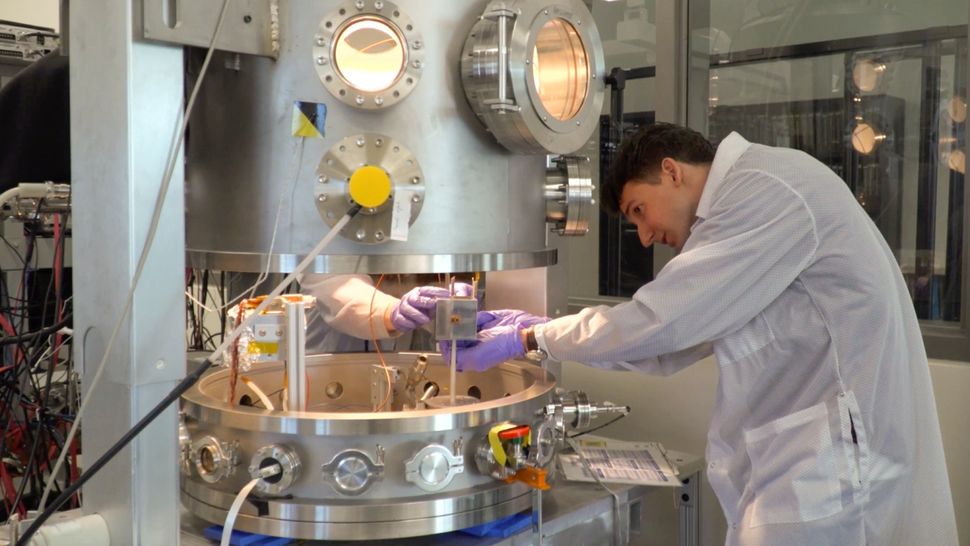
What obstacles await them in the coming years?
The researchers are currently working on a series of experiments at the Electrostatic Charging Laboratory for Plasma-Spacecraft Interactions (ECLIPS) at the University of Colorado Boulder. A bathtub-sized metal vacuum chamber equipped with an electron gun allows the team to "perform unique experiments that almost no one else can currently do." Thus, they simulate the effects of electrostatics on a smaller scale.
Once the team is ready, the last and most difficult hurdle will be securing the funds for the first mission. Most of the mission's costs would be incurred in building and commissioning the tow beam service vessel. However, the researchers would ideally like to launch two satellites for the first test – a towing beam and a target that they could control, which would mean more control over their experiments but also double the cost.
In case of successful financing, the project could come to life in 10 years.






